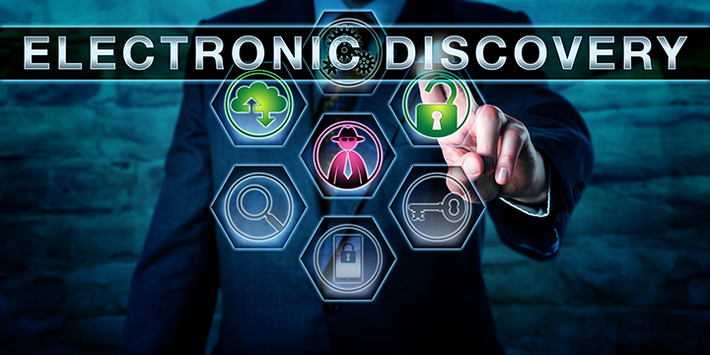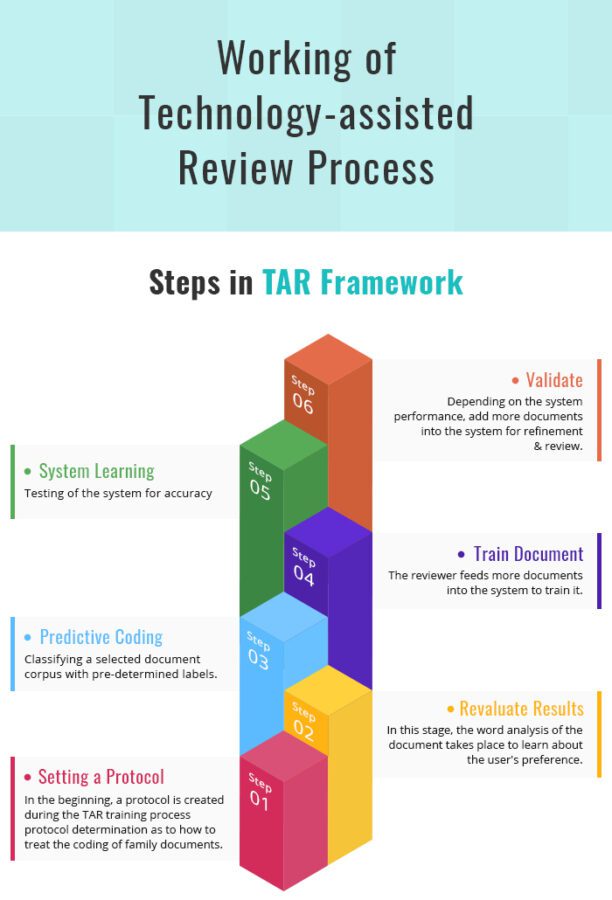
E-Discovery is becoming the number one priority tool for seamless transition day by day. It has significant implications for retaining, storing, and managing the electronic content of organizations.
Businesses of all sizes have to go through litigation at some stage. Most civil and criminal cases are accompanied by electronic discovery requests. And if it is your first legal case, this is the best time to get familiar with eDiscovery.
About eDiscovery
E-discovery is simply an extension of the traditional discovery process, which involves any Electronically Stored Information (ESI) that an organization possesses like email messages, presentations, voicemails, word processing files, tweets, spreadsheets, and all other relevant communication or information that can come in handy in a litigation case. eDiscovery can be extended to any platform where ESI has stored: computers, laptops, servers, tablets, smartphones, and other electronic devices.
The fact is that all the documents these days are stored electronically. Single-plaintiff employment matters, commercial disputes, divorce, personal injury – all type of evidence is now created, collected and converted into electronic form. Emails, word processing, financial data, social media postings are all stored electronically, and even if something is on paper, it is probably printed via a computer file.
In addition, for the minor cases as well, lawyers must know oh to handle ESI in order to keep discovery transparent, responsive, and proportional to fulfill the factual needs of the case.
How does eDiscovery works?
The standard eDiscovery procedure starts when a lawsuit is anticipated. Attorneys who represent litigants from both parties will establish the scope of the eDiscovery request, research the relevant ESI, and put it on legal hold.
Once the request regarding eDiscovery is issued, the litigants must submit all related ESI for collection and analysis. At this point, it will be converted into a PDF or Tiff file for court use.

E-discovery in cloud
E-discovery may present an Information Technology challenge for firms as they have to govern their ESI to be in compliance with legal and other regulatory requirements. However, cloud-managed services in eDiscovery, whether IaaS or as part of a hosted service, can address most of these Information Technology difficulties.
Cloud-based workflow management can automate the complete eDiscovery process and implement more secure, less error-prone eDiscovery compliances and regulations. In addition, the companies also get the extra benefit of reduced data storage costs and data archiving costs.
The accessibility of the data also becomes more efficient as cloud-stored information is readily available when required outside the organization for the purpose of eDiscovery.
Three key issues that decision-makers should consider:
- eDiscovery is gaining attention rapidly. However, most corporate decision-makers are unsure that whether they are prepared to make changes or not.
- Many organizations have encountered some eDiscovery issues focused on email. In addition, an increasing number of data types and venues are further increasing the difficulties of eDiscovery and managing content in general.
- Rules and regulations regarding ediscovery are continuously evolving, which has burdened decision-makers with additional demands to fulfill with respect to efficient management of eDiscovery.
Key practices firms can follow
There are a variety of practices that an organization can consider for developing an eDiscovery strategy:
- Focus on the involvement of employees
The policies, procedures, and technologies might be an essential component of a solid eDiscovery strategy. But it is equally necessary to educate the employees, consultants, and other members of the organization regarding the importance of retaining content that can be valuable, making use of corporate communication and collaboration mediums according to the corporate policies, and being cautious about deleting any crucial document. Educating employees can play a significant role in implementing or improving eDiscovery.
- Ensure that IT and legal work together
To establish a robust eDiscovery capability, it is important that the legal and IT departments collaborate to set up a fundamental approach. E-discovery in the cloud can streamline the review and analysis workflow of legal firms, and the eDiscovery data stored on the cloud can be easily accessed irrespective of location, time, or and device.
- Develop robust eDiscovery policies
It is necessary to create a procedure of data retention and deletion for types of content. However, many firms do not complete this with adequate urgency even if they undertake this issue. It is crucial for any firm or organization to retain all electronic data that can be utilized for the current and anticipated eDiscovery. Also, other retention requirements include data types like social media.
- Implement deletion policies
Many firms either over-specify the amount of data that must be retained or do not establish effective data deletion policies that lead to retention of more data than is required, creating unnecessary liability. Along with that, it also leads to increased eDiscovery expenses as more data is retrieved for the purpose of reviewing and also results in more than necessary storage costs.
Therefore, it’s important for an organization that legal and the IT team work together to conduct a review and ensure that everything complies with the regulatory and statutory requirements. Data classification is an essential element here as decision-makers must set up specific parameters regarding what is needed to be retained, what can be deleted, and the positioning method that will be used.
- Acknowledge the importance of litigation services
Suppose decision-makers believe that litigation is reasonably anticipated. In that case, it is important that the organization immediately starts to examine and preserve all the data that might be considered relevant during the complete duration of the litigation.
For example, a claim for a breach of contract with some contractor will require the retention of emails and other electronic documents that have been exchanged between the employees and contractor. Also, the papers in which the employees talk about the contract or the performance of the contractor must be retained.
A structured and configured eDiscovery and data storing capability will help organizations to immediately place their hold on data when a request is made by a court or regulator or on the advice of legal counsel and retain it for as long as they want to. And if there is a need for an extra hand to execute things efficiently, firms can take the assistance of litigation support services.
- Implement the correct technologies
At last, it is essential that firms adopt systems with appropriate capabilities like archiving, storage, etc., that will allow the firm to be efficient in the process of eDiscovery. Optimum capabilities ensure that all the relevant information is easily accessible and reviewable at an early stage of a legal case.
In addition, the correct technology platform will allow the classification of data as it is created and then locate content wherever it exists, irrespective of its location.
Key takeaway
The most brilliant way to ensure that your firm is well prepared for electronic discovery requests is to store each and every email sent received via employees. As technology evolves, many more unique issues will present themselves, leading to the implication of more advanced solutions. Today we may feel disrupted by any new technology that, along with promising a better future, brings unexpected issues relating to it.
However, the latest methods of communication will lead to the creation of more potential avenues for discovery. Therefore, the problems which we are observing now won’t be a trouble in the upcoming years.
